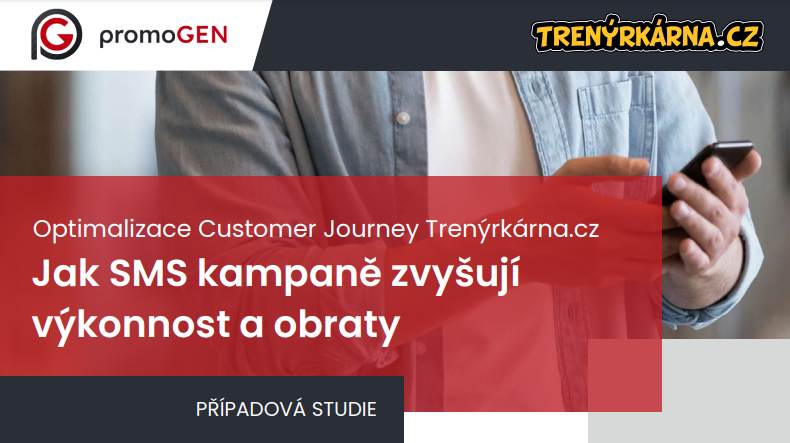
The use of causal statistics in marketing: The Key to Better Campaign Evaluation
When evaluating marketing events or activities, we often choose traditional metrics such as conversion rates, average order value, PNO, conversion rate or CPC.
These indicators are useful but do not answer the key question: Did our campaign actually cause an increase in sales, or would it have happened without it? This is where causal statistics come in.
What is causal statistics and how to use it in marketing?
Causal statistics focuses on determining the actual causal relationship between two phenomena. While traditional analytics looks at correlations (e.g., "Did we increase budget and conversions went up?"), causal statistics asks:
"Would the number of conversions be the same without the budget increase?"
In marketing, it can be used to make more effective decisions when optimizing campaigns, using methods such as:
- A/B testing - we compare two versions of an ad or website on two similar groups of users.
- Randomised controlled experiments (RCTs) - ensure that the differences between groups are due to the tested factor only.
- Difference-in-Differences (DiD) - looks at the difference in impact before and after the intervention between the two groups.
- Propensity Score Matching (PSM) - assigns similar individuals between test and
control group to eliminate the effect of confounding variables.
Why is causal statistics necessary in marketing?
In marketing, it is common to encounter misinterpretations of data. For example, if we see an increase in sales after running an advertising campaign, we assume that this is the result of the campaign. However, the seasonality may have changed, a new audience may have been added, or a competitor's price may have changed.
With causal analysis, we can:
A real example
And not to stay with theory, here's one example:
At the client's Good books, for whom we manage both performance tools and email marketing, we used causal statistics to evaluate a campaign that aimed to increase the flow of new, unique shoppers to the site.
Although both week-on-week and year-on-year e-shop sales increased during the observation period, the conversion rate increased and the number of visits increased, the campaign did not have a significant effect on the increase of new shoppers on the e-shop. By using causal statistics, we were able to determine how many new customers would have arrived even if we had not run the campaign and attribute the increase in new users to more external influences.
Interested in more on this topic? We would be happy to discuss your specific case with you and advise you. Contact us!
PromoGEN
GENerating success.















